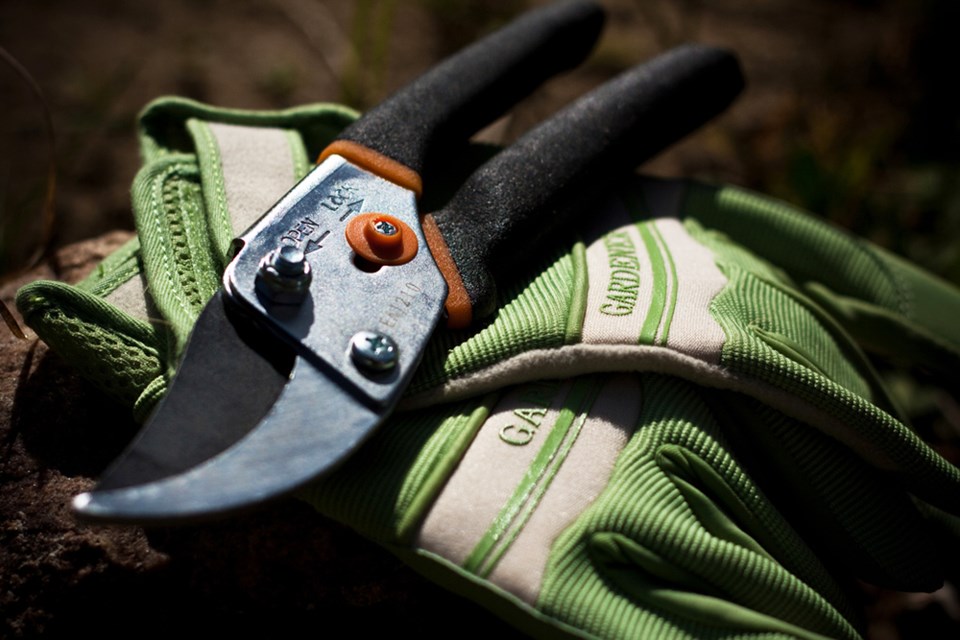Most of us plan to exercise more in the new year and, luckily, for gardeners, great opportunities for stretching, flexibility and balancing are waiting right outside.
Just walking around the garden in cold snaps can turn exercising into a learning experience revealing warmer microclimates, places where frost lingers longest and where snowdrifts pile up. This is a huge help in figuring out where dubiously hardy plants are best placed and where frost-heaved plants need re-settling when the soil is soft again.
But when weeks of frost replace rain, plants and containers under roof overhangs can die from drought. Unfortunately watering them means extra work when hoses have been drained and outside taps turned off to ensure that house pipes don't freeze.
People in rural areas where power outages mean their wells don't function may find it safest to fill all their watering cans with water and keep them in the house as a backup supply for precious plants.
Meanwhile, pruning of many trees, late-summer/fall flowering shrubs and roses is best done just before growth resumes and should cease once the buds swell. For busy people, this can be a recipe for postponing pruning until it's too late.
Generally pruning can be done through January and into mid-February. Within these few weeks, the best time to prune is when you have time. Gardeners expecting to be away at the optimum pruning times sometimes prune in December.
But shrubs and vines that flower in spring and early summer shouldn't be pruned at this time because it removes stems that are preparing to flower. Pruning right after flowering is their best time.
By late January, cutting back small flowerbed shrubs when the ground has softened can be a no-fuss opportunity for propagating extra plants. Just take the best of your prunings, thrust them into the soil near the mother plant and forget them for a few months. This has worked for me with lavender, caryopteris, santolina, currents and artemesias.
People in gardens where wild growth constantly infiltrates will find these winter months ideal timing for fighting Himalayan blackberries. It's vital to dig up the rootball because these vines grow 50 feet in one summer and every tip that touches the ground spawns a thick mass of white roots for a new plant.
Where time permits, one of the quickest ways of improving the look of the garden is to redo garden bed edges. Trenched edges tend to slump and fill in periodically. Recutting them into sharp crispness draws the eye to the shape of the bed rather than any unremoved weeds.
Later, dark winter evenings after New Years are a good time to sit down with seed catalogues or scan online, dream a little of next year's garden and order before popular seeds are gone.
Really well organized gardeners will be able to refer to the future order list, which they assembled through the year whenever they used the last of their favourites. They'll also date seed packets as they come in.
Some will have selected and saved seed from homegrown vegetables that did especially well –easy to do with dry bean, green bean and broad bean (fava) seed.
Anne Marrison is happy to answer garden questions. Send them to her via [email protected] and include your city or region.



